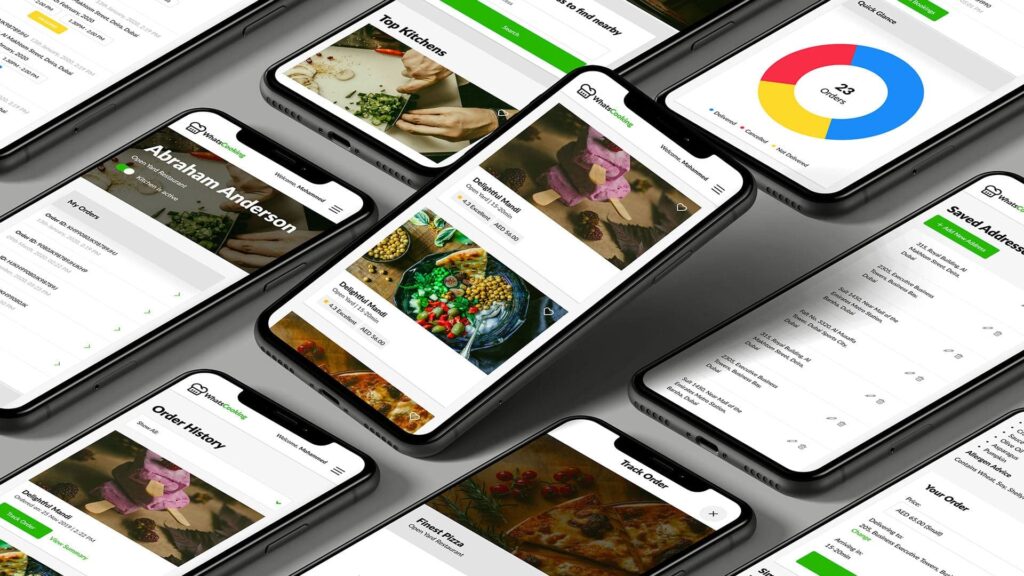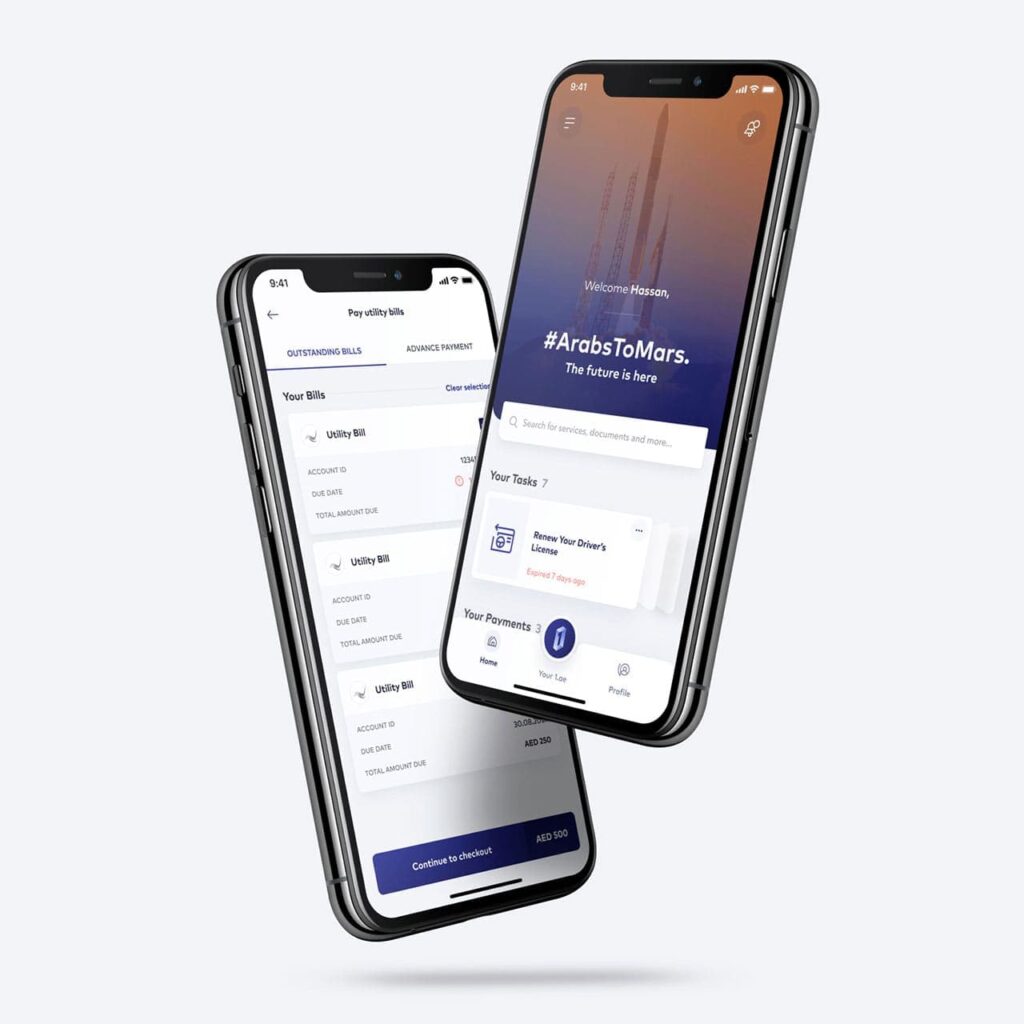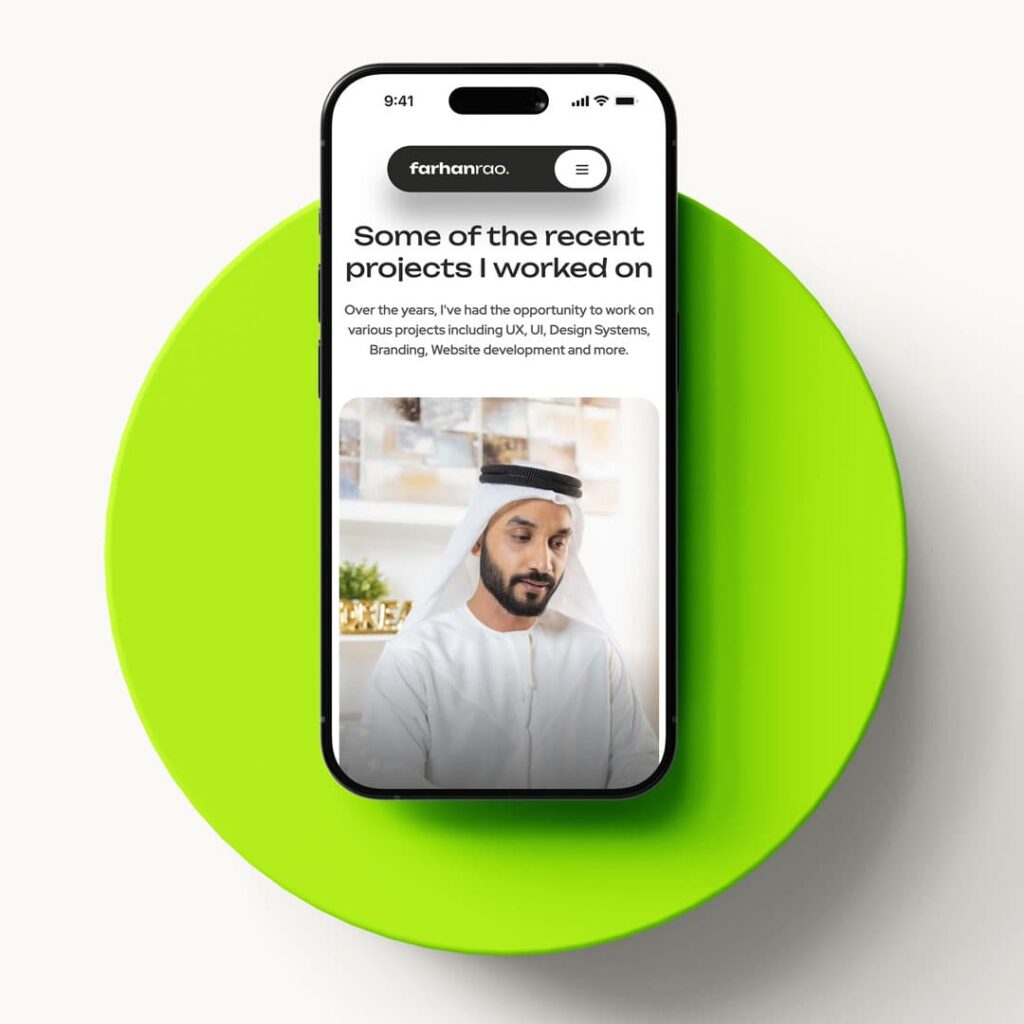In a world obsessed with credentials, here’s a truth that might surprise you: I’ve interviewed with dozens of companies, worked with countless clients, and led major design projects – and not once has anyone asked to see my design degree. This revelation isn’t just my experience, it’s a growing trend that’s reshaping the design industry as we know it.
The shifting landscape of design careers
Let’s be honest – the traditional path of “get a degree, land a job” is becoming increasingly obsolete.
According to a 2023 Adobe Creative Careers Survey, 68% of hiring managers in creative fields value portfolio quality over educational background.
But why this shift?

What really matters in design
1. The work speaks volumes
Your portfolio isn’t just a collection of pretty pictures – it’s a story of problems solved and value created.
Sarah Chen, a self-taught UI designer, landed a role at Spotify not because of her credentials, but because she redesigned their podcast interface and documented her entire process
2. The journey shows growth
- Employers want to see how you think, adapt, and evolve.
- Include case studies that show your design thinking, from initial sketches to final implementation.
- Document your failures as much as your successes – they often tell a more compelling story
3. Impact creates lasting impressions
Instead of listing tools you know, showcase the results:
“Increased user engagement by 47%”
“Reduced customer support tickets by 30%”
“Improved conversion rates by 25%”

Common challenges and how to overcome them
1. But I don’t have any real projects!
Create self-initiated projects that solve real problems. For instance:
- Redesign a local business’s website
- Create a concept app that addresses a community need
- Document personal projects that showcase your process
2. I feel insecure without a degree
Netflix, Apple, and Google have all dropped degree requirements for many positions. Focus instead on:
- Building a strong online presence
- Contributing to design communities
- Creating detailed case studies of your work
3. The portfolio-first approach
As Steve Jobs once said, “Design is not just what it looks like and feels like. Design is how it works.” Your portfolio should reflect this by:
- Showcasing process over Perfection
- Document your research methods
- Share your wireframes and iterations
- Explain key decisions and learnings
- Telling stories, not just showing designs
- What was the challenge?
- How did you approach it?
- What was the outcome?
- Demonstrating real-world impact
- Include metrics where possible
- Share user testimonials
- Document before/after scenarios

Take action now
- Start documenting your design process
- Build a portfolio website (even if it’s just on Behance or Dribbble)
- Join design communities and share your work
- Focus on solving real problems, not just creating pretty interfaces
A personal note
When I first started in design, I was terrified that my lack of formal education would hold me back. Instead, I focused on building a portfolio that showed not just what I could make, but how I thought. That approach has opened more doors than any degree could have.






As Massimo Vignelli said, “The life of a designer is a life of fight: fight against the ugliness.” Let’s add to that – it’s also a fight against the notion that credentials matter more than capability.
Your next steps:
- Audit your current portfolio
- Document your next project from start to finish
- Focus on showing impact and results
- Share your work publicly
Remember: They’ll forget the degree, but they’ll remember the difference you made.








